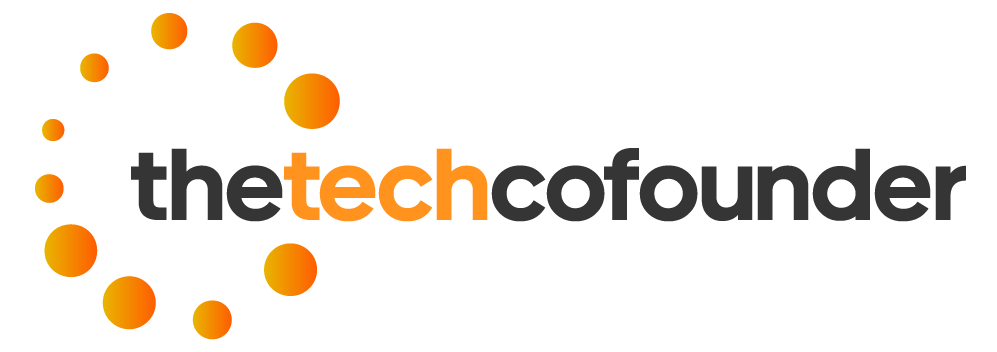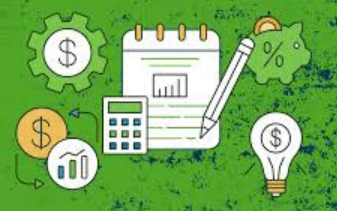Effective healthcare pharmacy software automates workflows, minimizes errors and enhances revenue. Managing operations with traditional pen and paper could lead to mistakes in verification, refills and other activities.
Moreover, pharmacy management systems typically have integrated communication tools. These enable staff to send appointment reminders and other messages through patients’ preferred channels.
Inventory Management
Running a pharmacy is challenging, with strict regulations, high customer expectations and complex workflows. A specialized pharmacy management system, including billing software for pharmacies, is invaluable to help you manage operations and improve your bottom line. With features like patient engagement tools and a robust inventory management tool, you can streamline your processes and improve patient service.
Using a pharmacy software solution reduces the need for staff by automating most of your daily tasks and minimizes errors. It also helps you manage your inventory with detailed reports on stock levels, purchase history and sales trends. It can even provide alerts when your stock is running low or nearing expiration.
A pharmacy management system allows you to access patient records, medical purchase histories, and insurance information seamlessly. This allows pharmacists to recommend the most suitable medication for customers and avoid medicines with adverse side effects.
Moreover, the software can expedite the insurance claim filing process by ensuring all necessary documents are attached. It can even alert you when a claim is rejected or requires further documentation, helping you save time and effort. In addition, it also provides a complete record of all transactions, making it easier to resolve disputes with insurance companies. Good pharmacy software should be compatible with different devices and platforms and allow multiple users to work simultaneously with a single database.
Patient Engagement
Patient engagement is a strategy that helps improve a patient’s experience with their healthcare provider. It involves many tactics, including educating patients and their families, providing portals, and walking patients through their medical charts. In addition, it can also affect the patient participating in decision-making and managing their condition.
However, several challenges can hamper the effectiveness of patient engagement strategies. For example, patients may need help understanding complex medical information or cannot attend appointments. Moreover, many physicians need more time to engage their patients. A recent study found that 63% of healthcare leaders and clinicians reported that it takes too much time to integrate patient engagement into their clinical practices.
One way to overcome these challenges is by using pharmacy management software that automates many processes. This can reduce the amount of time required for billing and improve accuracy. In addition, it can help you avoid mistakes that could lead to rejected insurance claims.
For instance, a pharmacy can use an automated software system to check a patient’s insurance coverage, send the claim to the insurer, and verify that the claim was submitted properly. This can save the pharmacy valuable time and money and prevent delays in reimbursements.
Ease of Use
The business of pharmacy is complex, and it involves many moving parts. From helping people understand their prescriptions, offering advice, completing insurance forms, and submitting claims, pharmacies must manage multiple daily tasks.
Using pharma software that simplifies daily activities is key to optimizing workflows and engendering a positive patient experience. It’s also critical to meet compliance standards and avoid costly errors derailing your business.
For instance, a pharmacy management system can help pharmacists and their staff quickly submit claims and get reimbursements without having to complete any paperwork. By reducing the human element in the process, pharmacies can avoid errors that may result in delayed or withheld refunds.
Another way pharmacy software improves accuracy and efficiency is by making it easier for pharmacists to manage inventory. A custom pharmacy software platform can aggregate inventory-related tasks like placing orders to manufacturers, updating stock levels to reflect sales, managing expense-to-sales ratios and more into one easy-to-use interface.
This makes it easier for pharmacies to optimize and monitor inventory levels while minimizing costs. Pharmacy software can also automate billing so invoices are sent out promptly, and payments are processed securely. This is a major time saver for pharmacies that typically receive high invoices daily.
Compliance
The right pharmacy software solution can streamline the entire business process flow, including verifying insurance coverage, completing medical coding, and filing reimbursement claims. Moreover, these systems can ensure compliance with strict requirements set by governing bodies like HIPAA and CMS. This can help pharmacies avoid costly fines and lawsuits due to non-compliance.
The best pharmacy software solutions integrate with other healthcare software to create a more comprehensive system that helps businesses improve their bottom line. For instance, e-prescribing solutions integrate with pharmacy management systems (PMS) to reduce pharmacists’ time on manual tasks. This can also enable the staff to offer better service to customers and increase patient satisfaction.
Moreover, smart medical informatics solutions integrated with PMS can help pharmacies discern insights about their patients. This can help them provide personalized recommendations for medication and other services. It can also help them improve customer engagement and loyalty by sending automated appointment reminders and providing educational materials through preferred communication channels.
Other useful integrations include delivery and shipping solutions that connect with FedEx or DHL to manage orders and dispatch deliveries. Additionally, a smart HIPAA-compliant IVR system can help reduce call volume and route inquiries to the right person in the department. Lastly, pharmacy software can create accessible prescription labels for visually impaired patients. These can be printed in large print, Braille and dual language.







